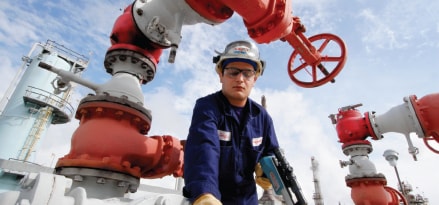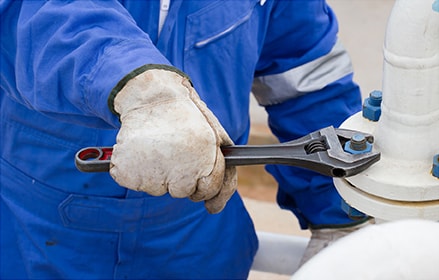Hydraulic leaks can be a real drain on productivity. In addition to impacts on operating costs, hydraulic leaks can lead to several safety issues, including high pressure injection hazards, mechanical hazards, fire hazards and slips, and can contribute to a number of environmental issues.
Common causes of leaks include:
- High pressures
- Extreme temperatures
- Loosened fittings as a result of vibration
- Seal swell, shrinkage or wear
The chart below is used to estimate the cost of leakage as analyzed by drops per second.

So, when you identify a leak, it is prudent to stop the leakage at its source. But this isn’t as easy as it sounds.
Typically, operators identify leaks because they observe puddles on the floor. But when taking a closer look at the machine to determine its origin, it can be challenging to identify the true source, as the leakage could be the result of small, pinhole leaks or tiny cracks, and the area in question could be covered in oil, obscuring visual identification of the leak’s source.



